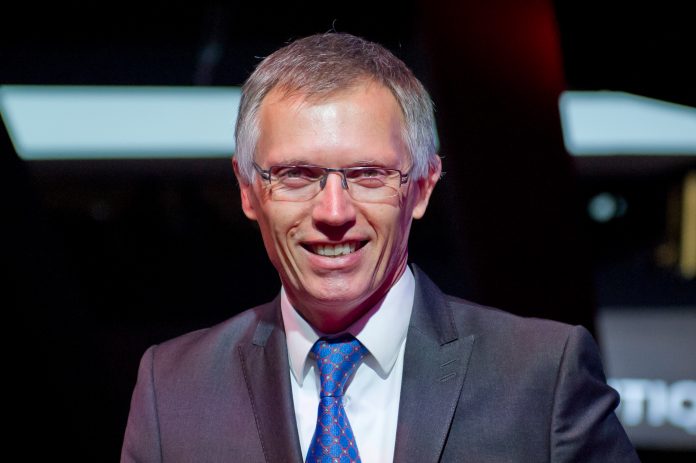Carlos Tavares, CEO of Stellantis, is preparing for a media blitz at the Paris Auto Show to address growing concerns following a profit warning from Stellantis in late September. Investors were rattled by the announcement, which highlighted declining profits due to weak U.S. sales—largely driven by a backlog of unsold vehicles and pricing missteps. Tavares, known for his past success in leading the PSA Group and orchestrating the Stellantis merger with Fiat Chrysler, now faces the challenge of reviving the company’s fortunes as he approaches his retirement in 2026.
The Sept. 30 profit warning shocked investors, who were accustomed to Stellantis’ historically high margins, especially in the U.S. market where Jeep and Ram sales had been strong. However, inventory and pricing issues in the U.S. have left dealers with unsold vehicles, putting pressure on Tavares to resolve the situation quickly. The CEO acknowledged the issues, attributing them to excessive inventories and slow responses to market demands, but expressed optimism that the problems would be resolved by the end of 2024.
Speaking on French radio, Tavares did not rule out potential job cuts or plant closures as part of the broader strategy to stay competitive with cheaper Chinese automakers. He hinted that customer demand would determine the future of some Stellantis brands and that changes may be necessary to improve the company’s profitability.
Stellantis dealers have voiced frustration over the company’s pricing strategy. Data from Cox Automotive and CoPilot show that Stellantis raised vehicle prices during the pandemic but failed to adjust them as competitors did, leaving Jeep, Ram, and Dodge models overpriced compared to rivals. This, combined with a slow response to discounting, has caused unsold vehicles to pile up on dealer lots, leading to a 20% drop in third-quarter U.S. sales. Dealer complaints and a letter from Stellantis national dealer council president Kevin Farrish pointed to the “rapid degradation” of the Jeep, Dodge, Ram, and Chrysler brands, blaming the company’s short-term profit pursuits.
Stellantis has ramped up discounts to correct course, offering aggressive incentives to clear out 2023 models, which still make up a significant portion of its inventory. However, some analysts warn that deeper price cuts or reduced production may be necessary to stabilize the situation.
In addition to battling operational issues in the U.S., Tavares is expected to address Stellantis’ strategy for long-term growth, including potential brand consolidation. Industry experts suggest that Stellantis’ multiple U.S. brands each require costly marketing and design efforts, making it difficult for the automaker to compete effectively.
With just 18 months left in his tenure, Tavares faces mounting pressure to ensure Stellantis remains competitive amid rising costs, growing competition from China, and internal struggles with inventory management and brand positioning.




